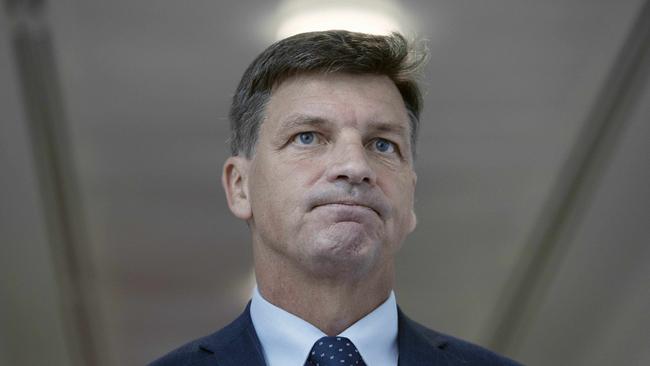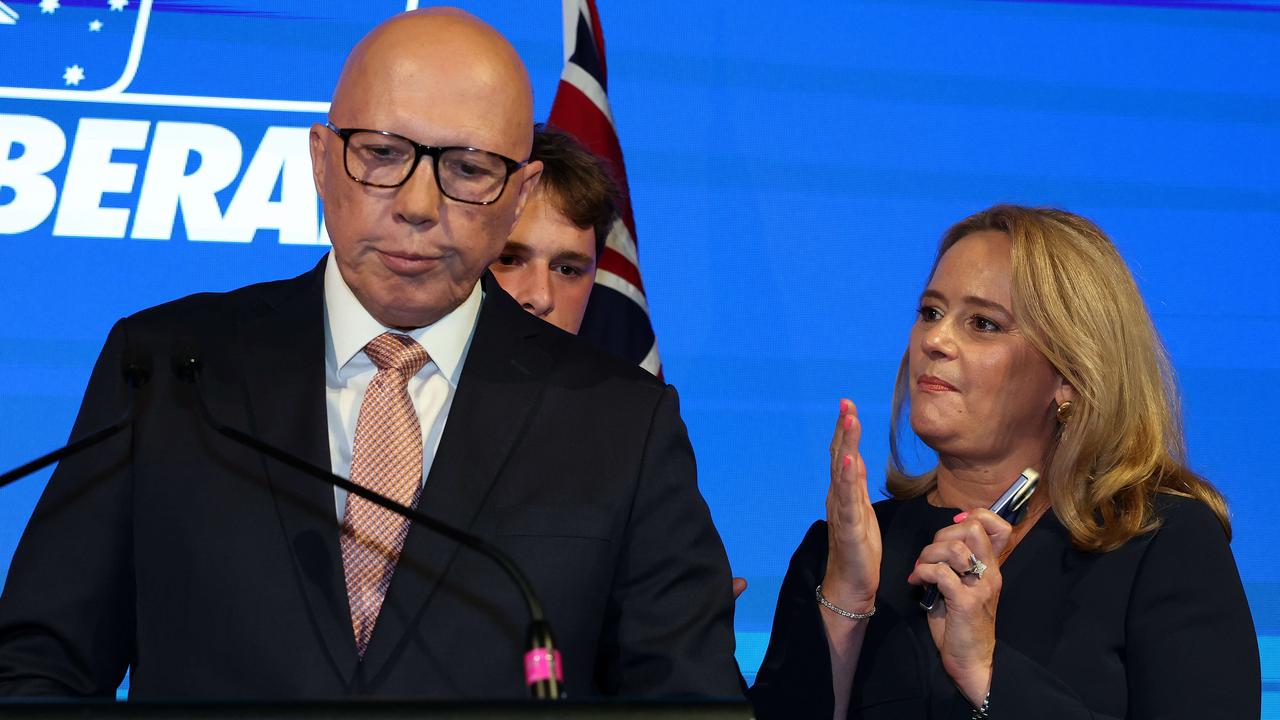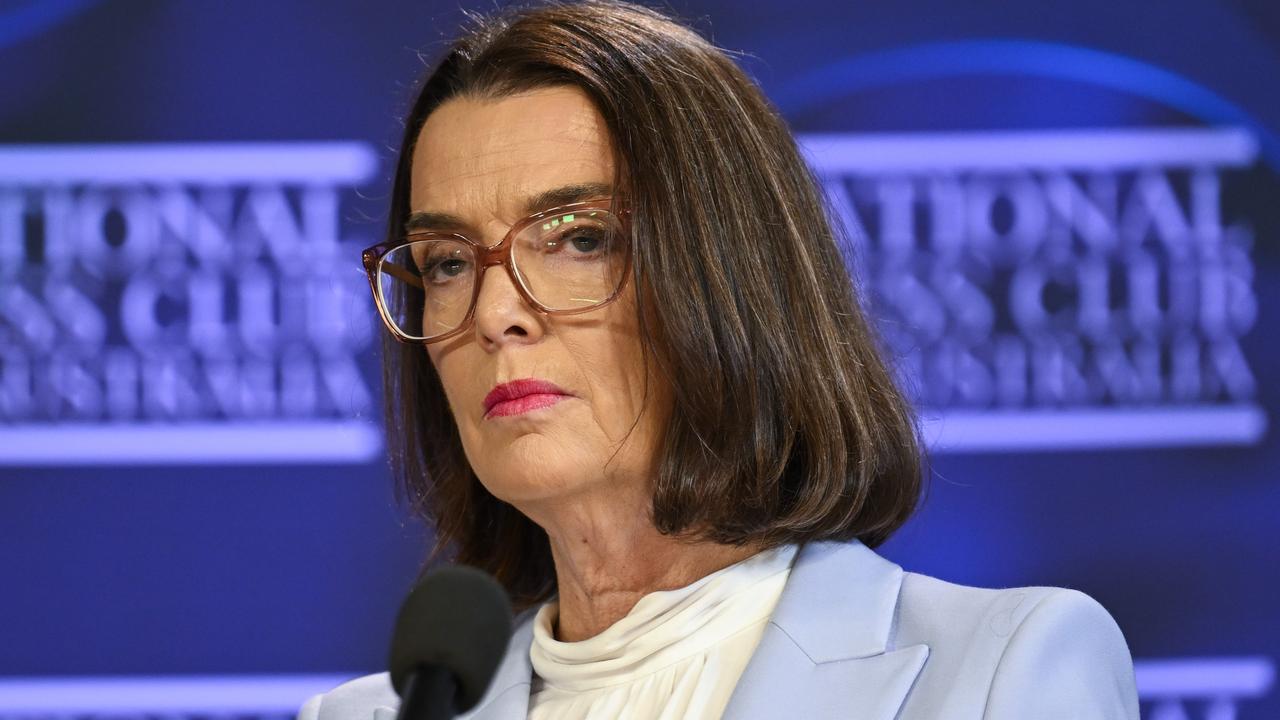Meeting Paris target for emissions well on track
Projections show Australia will beat Paris emissions reduction target by 403m tonnes, even without Kyoto carry-over credits.

Australia is on track to beat its 2030 Paris emissions reduction target by 403m tonnes, with new long-term projections showing the nation was unlikely to need Kyoto carry-over credits to meet its global climate commitments.
Energy Minister Angus Taylor will on Thursday release new data showing Australia’s position against the target has improved by 639m tonnes in two years.
The Department of Energy Emissions Projections 2020 report said Australia was 56 million tonnes short of hitting its 2030 target without using Kyoto carry-over credits.
As flagged last month by Scott Morrison, emissions projections have been recalculated taking into account the government’s $1.9bn budget package supporting its Technology Investment Roadmap, the continued take-up of rooftop solar panels, and development of hydrogen and carbon capture and storage industries.
Ahead of the Morrison government releasing its Future Fuels Strategy, including a long-term plan for the rollout of electric vehicles, the ten-year emissions projections report predicts the take-up of EVs, in relation to new vehicle sales, would increase to 26 per cent by 2030.
The department said under a scenario “aligned with the Technology Investment Roadmap” Australia was projected to beat its 2030 target by 145 million tonnes without relying on “past overachievement”, with emissions 29 per cent below 2005 levels by the end of the decade.
Australia’s commitment under the Paris Agreement, which came into force in 2016, is to reduce greenhouse gas emissions by 26 to 28 per cent on 2005 levels by 2030.
While COVID-19 restrictions lowered emissions over the short-term, mainly in the transport sector, the report assumes a return to pre-pandemic emissions levels.
Under pressure from South Pacific nations to strengthen Australia’s emissions commitments, the Prime Minister is slated to speak at a Pacific Islands Climate Forum event on Friday night and will take part in a climate summit organised by Boris Johnson over the weekend.
As of Wednesday, the Prime Minister had still not been granted a slot to speak at Mr Johnson’s global climate action summit, with other nations deemed to have adopted more ambitious climate plans given priority.
With Australia beating its Kyoto-era target by more than 430m tonnes, Mr Morrison last month flagged the likelihood that carry-over credits would not be required.
Amid pressure from Labor, business leaders and climate groups to commit to net zero emissions by 2050, Mr Morrison said the government wanted to reach the target “as quickly as possible”. “I won’t make a commitment on behalf of the Australian people unless I can tell them how we will achieve it and what this will cost,” he said.
Mr Taylor said: “When we make commitments, we meet them. We have a clear plan to meet and beat our 2030 target and the updated projections reflect Australia’s strong performance.”
The technology investment road map, released by Mr Taylor ahead of the October budget, was designed to “guide” up to $18bn in government investment over the next decade, supporting “next generation” energy technologies.
The emissions report said energy efficiency of electric vehicles was projected to improve by 2030.
“With the average emissions intensity of grid electricity projected to decline, the emissions associated with the use of new electric vehicles per kilometre travelled is projected to improve by 33 per cent over period 2020 to 2030,” the report said.
“Electric vehicles form a growing share of indirect electricity emissions in the Residential and Services, Construction and Transport sectors.
“However a low starting point of fleet share and growing efficiency in vehicle batteries means this is more than offset by the declines in this subsector from the growing share of renewables in the electricity sector.”




To join the conversation, please log in. Don't have an account? Register
Join the conversation, you are commenting as Logout